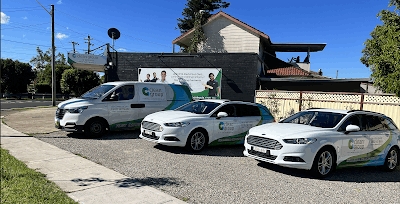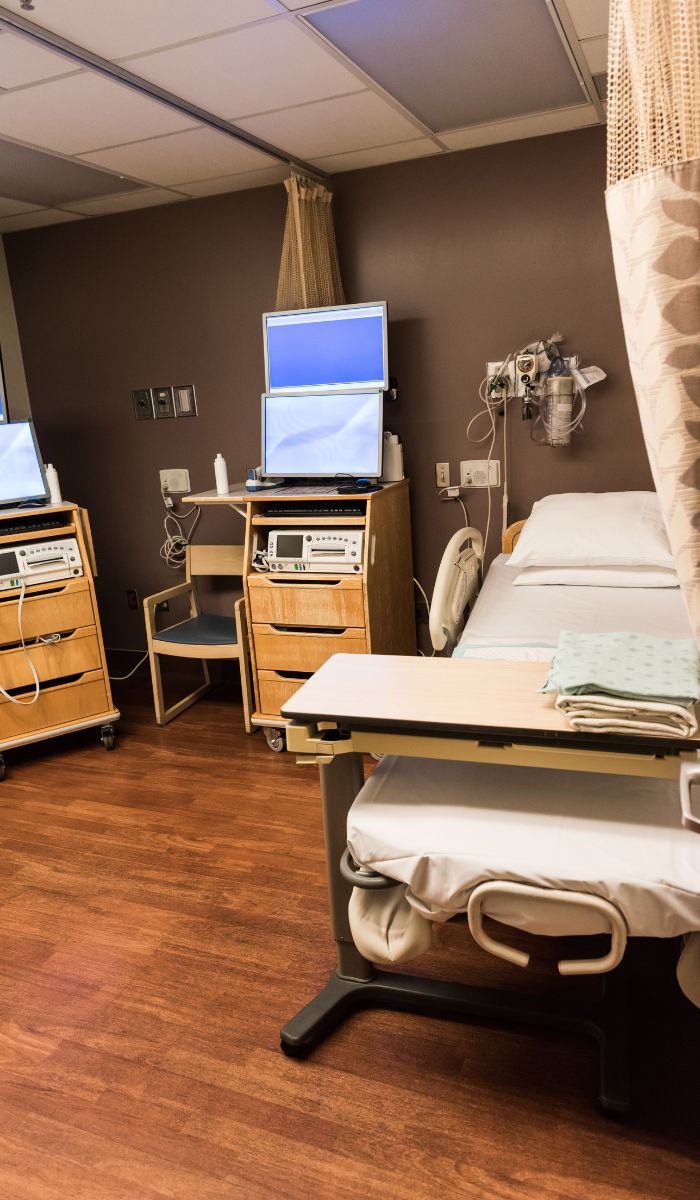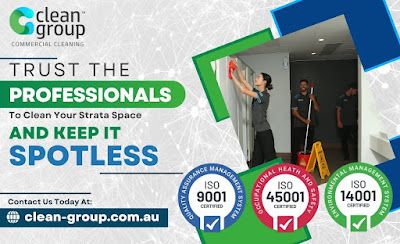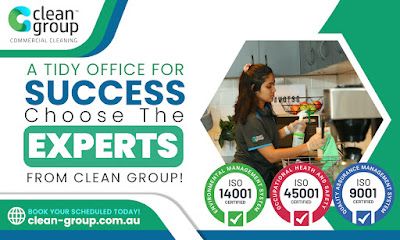
The Future of Automation in Commercial Cleaning
How can unionization impact commercial cleaner wages?
Overall, commercial cleaning is a vital service that supports public health, workplace efficiency, and the professional image of businesses. As environmental concerns and health risks gain more visibility, the industry continues to evolve, placing greater emphasis on safety, sustainability, and professional standards.
Sustainability is also becoming a key focus in the packaging and distribution of cleaning products. Many companies are adopting refillable packaging and offering products in larger, bulk sizes to reduce the amount of plastic waste produced. This shift towards more sustainable packaging options not only helps reduce environmental impact but also offers consumers a more cost-effective solution. The move towards sustainability is helping to reshape the cleaning industry, with both companies and consumers becoming more conscious of their ecological footprint and opting for products and services that align with their environmental values.
Clean Group provides comprehensive and professional Commercial Cleaning Sydney across Sydney, NSW. Our fully insured, trained, and security-verified cleaners ensure your workplace stays spotless and hygienic. Schedule a free onsite quote today—book online or call us at 02 9160 7469. Get your obligation-free commercial cleaning estimate for offices, buildings, and other business spaces in Sydney..

